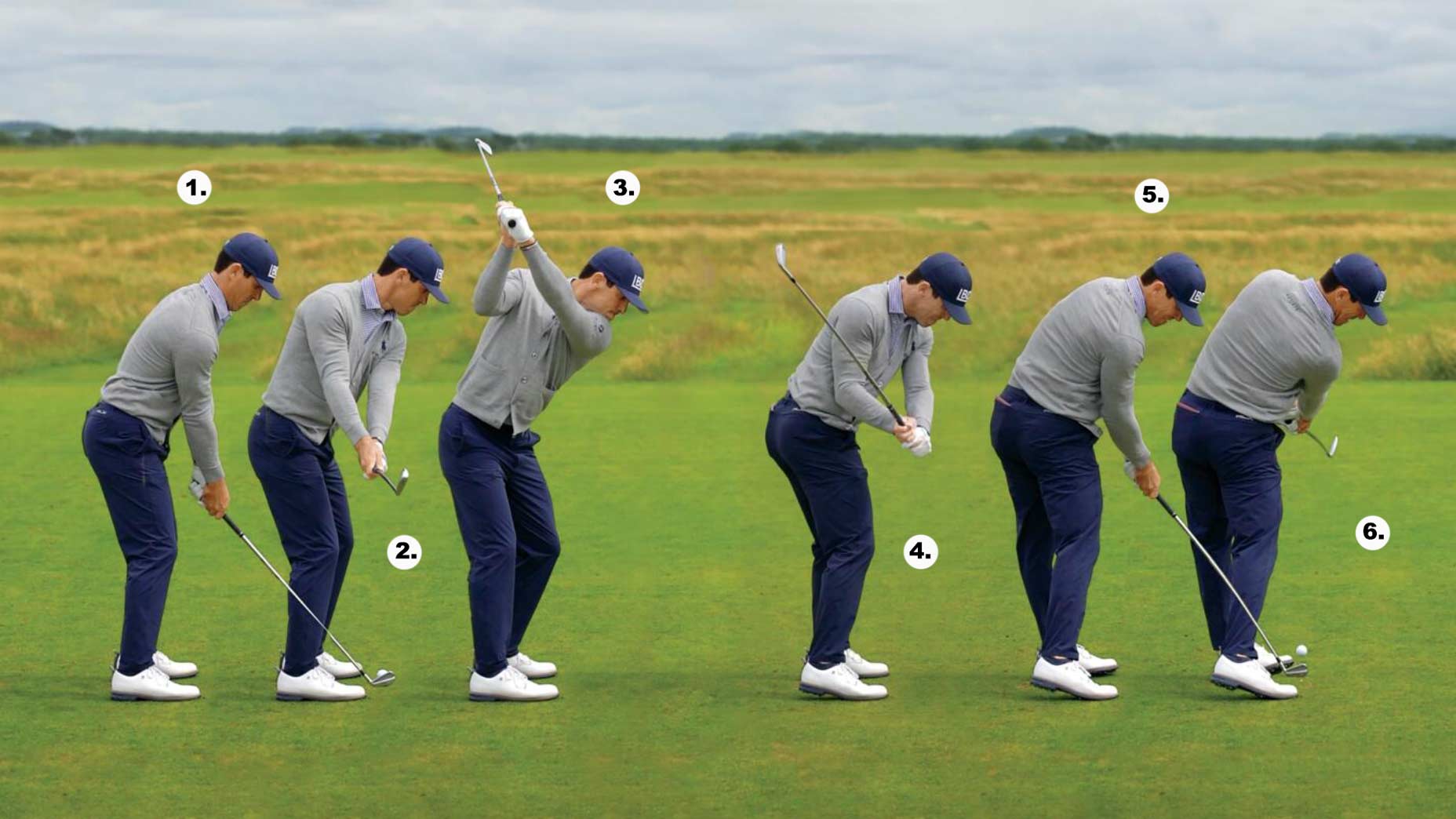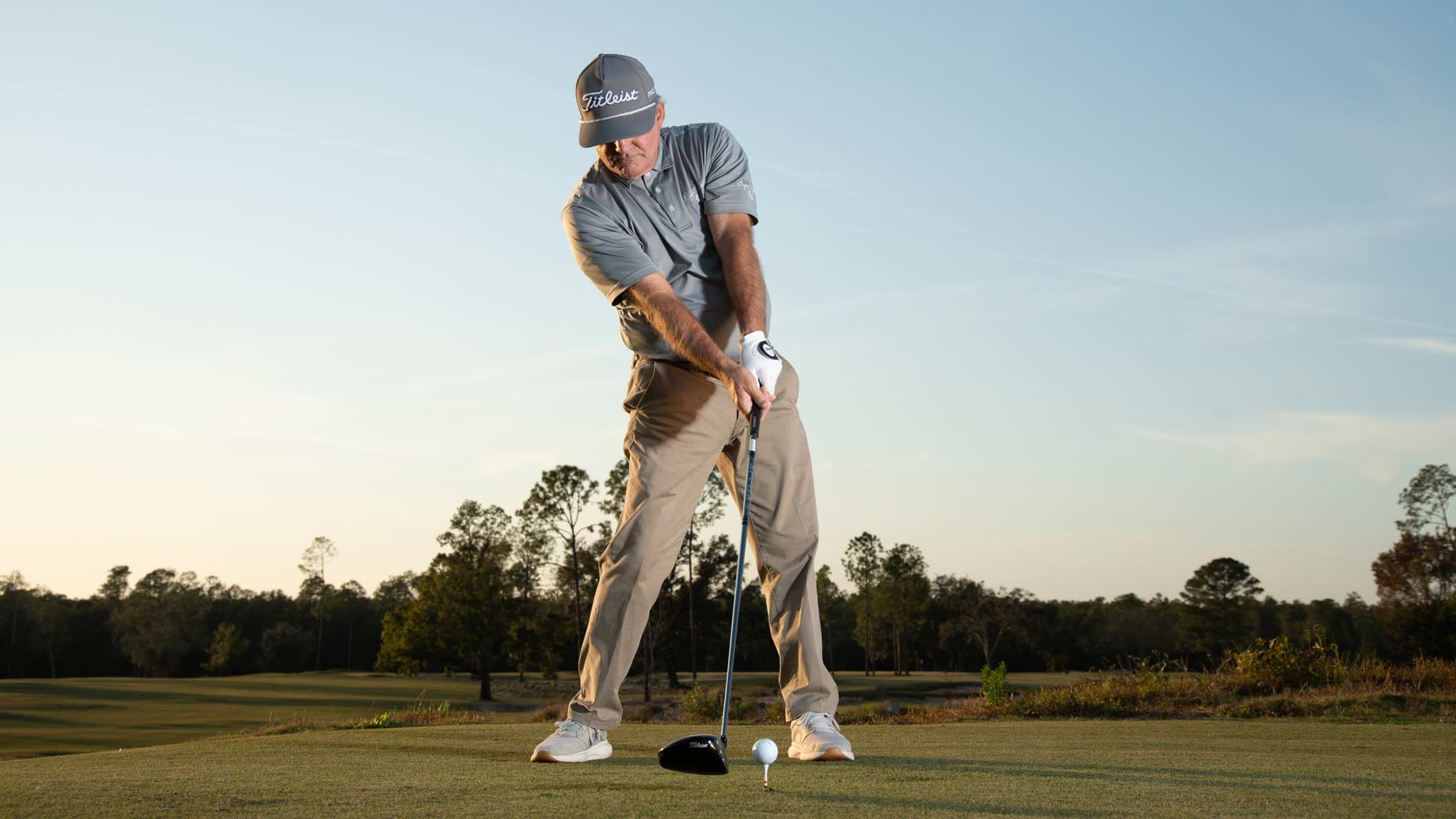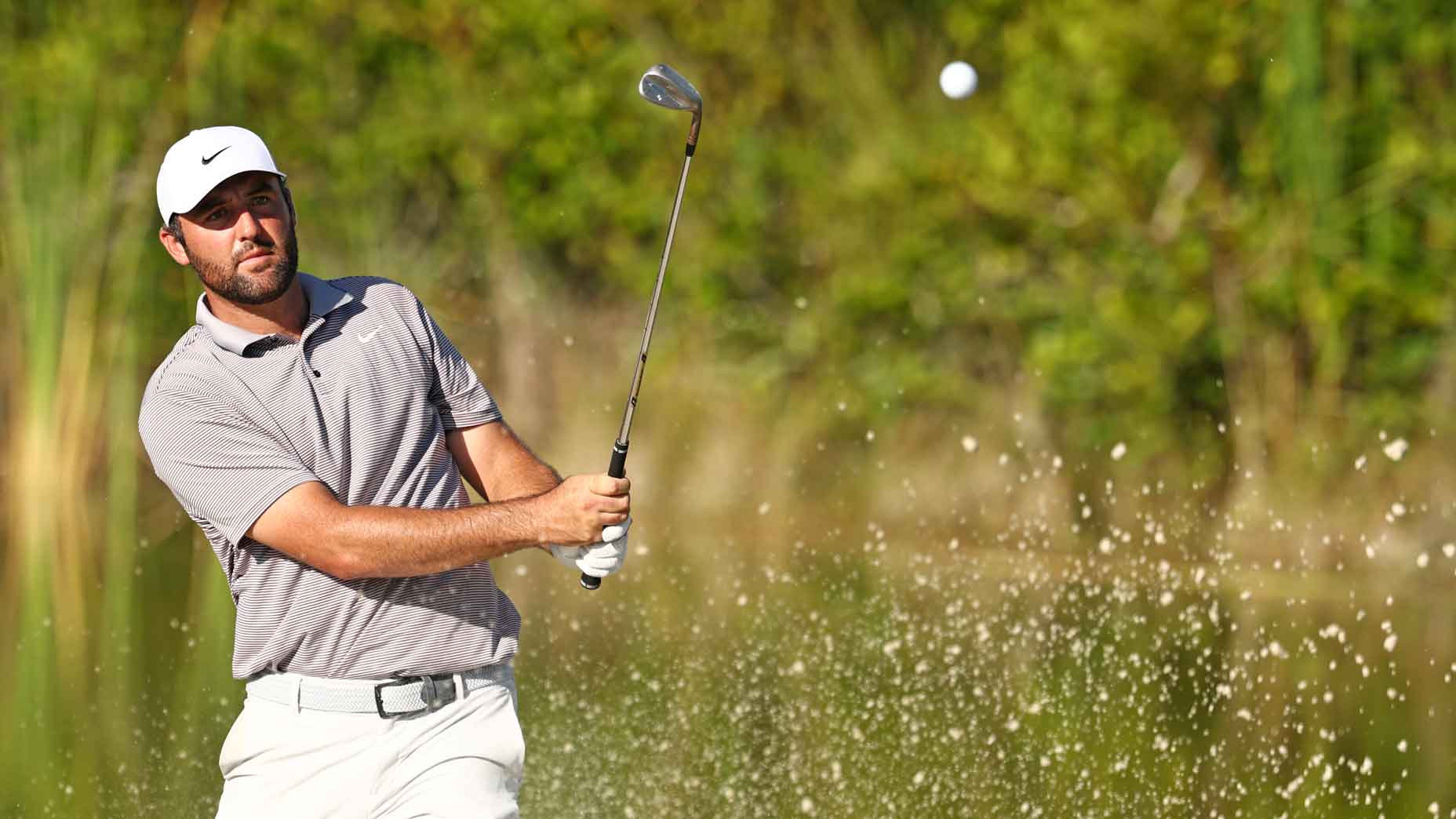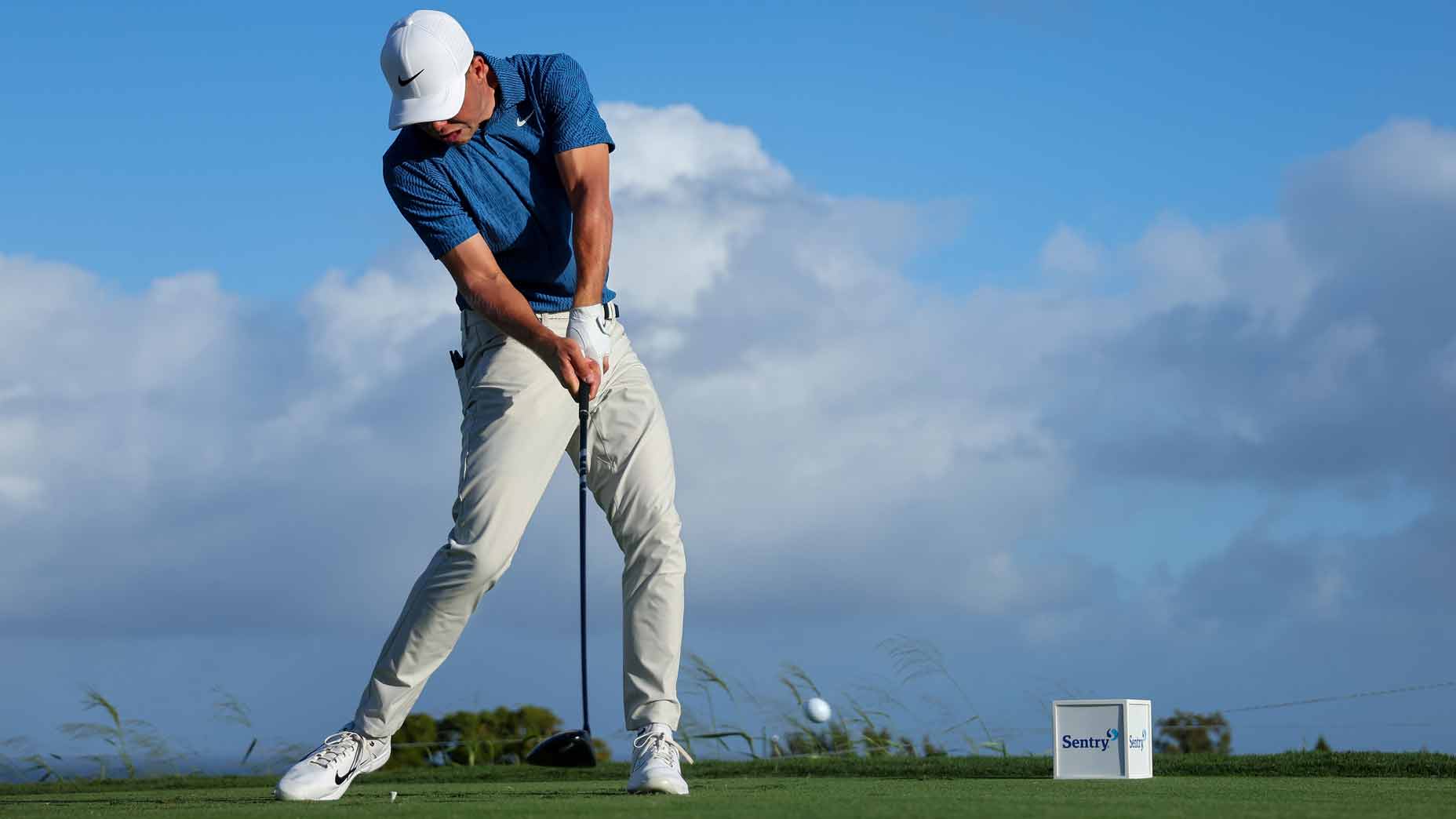Opening the clubface is a technique that often causes confusion among amateurs, and like many things in golf, the answer of when to do it is: It depends. That’s part of what makes golf both fun and challenging. There are few absolute rules; technique should match your individual swing style and physical characteristics.
Here are five key situations where opening the clubface might be the right move — and one where it’s usually not.
1. If you have low clubhead speed, avoid opening the face
Golfers with lower swing speeds typically don’t need to open the clubface. Why? Because opening the face increases loft, which launches the ball higher but also reduces distance. If you already struggle with distance, adding loft may hurt more than help. It also introduces added risk, which may not be worth it.
2. In greenside bunkers
If you’re using your most lofted wedge from the sand and find the ball traveling too far, this is a great time to open the face. Doing so adds loft and spin, helping the ball land softly and stop quickly. You can vary how much you open the face to control distance more precisely, which is a particularly helpful technique for players with high swing speeds.
3. For short pitch shots
Small pitch shots require smaller swings, which in turn generate less speed and spin. That lack of spin can make the ball run out more than you’d like. Opening the face adds both loft and spin, helping the ball check up more quickly once it lands.
Remember, opening the face also changes the aim of the clubface (it points more right for right-handed golfers), so adjust your stance and alignment accordingly.
4. From deep greenside rough
When your ball is sitting down in thick rough, you may need to tilt your upper body more toward the target. By lowering your lead shoulder and raising your trail shoulder, you’ll steepen your angle of attack. This helps the club make cleaner contact with the ball instead of getting caught in the grass.
However, this added tilt also delofts the club. If you still need loft to prevent the ball from rolling out too far, opening the clubface is a great solution. It restores loft, allowing the ball to pop up and “grab” once it lands on the green.
5. When you lean the clubshaft back
Another method to add loft and spin, without fully opening the face, is to lean the shaft slightly back at address. This moves the grip behind the ball rather than over it or ahead of it. It increases both loft and bounce, leading to a higher launch and more spin.
Leaning the shaft back doesn’t reduce the hitting surface as much as opening the face can, making this a slightly less risky but still effective option.
There’s no one-size-fits-all rule for when to open your clubface. The key is to understand your own swing tendencies and know how changes to your setup — like loft, shaft lean and face angle — affect your shots. Use these techniques selectively, and you’ll add more versatility and control to your short game.











